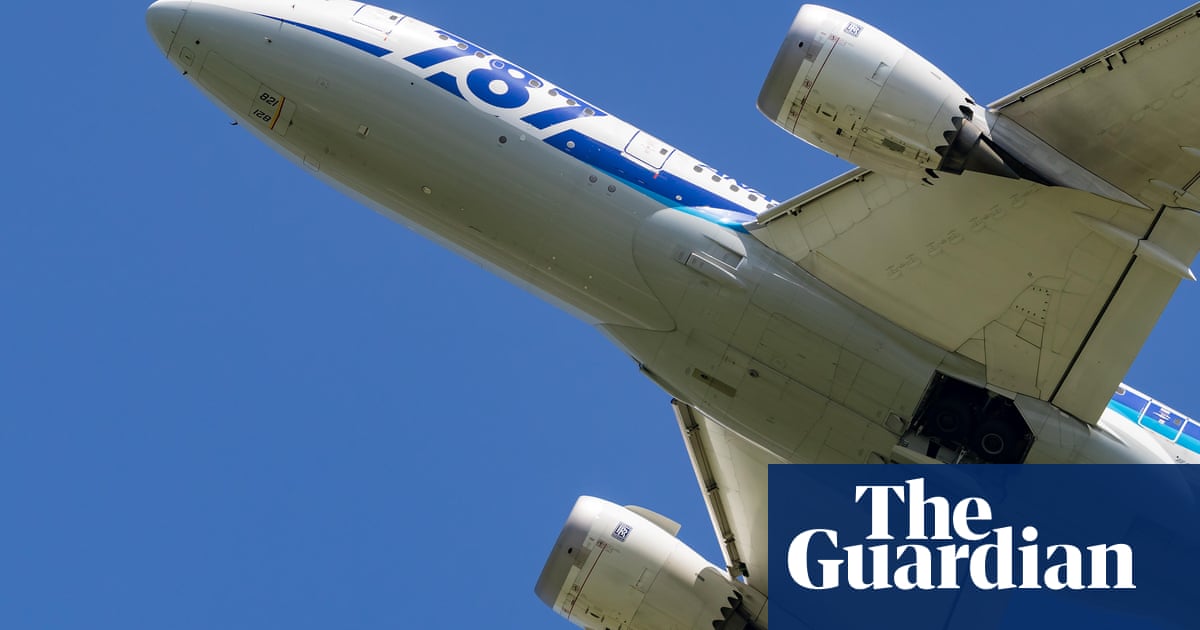The Air India tragedy in Ahmedabad is the first time aBoeing787 Dreamliner has crashed since the plane’s introduction in 2011.
While airlines using the Boeing plane have had widespread problems with engines on the 787 – resulting in many having to ground planes and reduce flights – its safety record in service has so far been good.
However, the US safety regulator, the Federal Aviation Administration (FAA), has had to investigate several concerns over the years, including a mid-air dive on a Latam flight last year.
A whistleblower last year also urged Boeing to ground all 787 Dreamliners worldwide, in Washington hearings. Boeing rejected the claims by the former engineer and said it was fully confident in the plane.
There are more than 1,100 787s in service, with most major international airlines using them. The model has been prized for its far better fuel efficiency and lower noise than the types it replaced.
The two major crashes that were due to faults on Boeing planes were using the then new 737 Max model, in Indonesia and Ethiopia in 2018 and 2019. That model was taken out of service for almost a year, before being relaunched and returned to widespread use.
Last month, Boeing agreed to pay $1.1bn (£812m) in a deal with the US Department of Justice to avoid prosecution over the two crashes that together killed 346 people – a deal that lawyers for some of thevictims’ families called “morally repugnant”.
India’s aviation safety history has been chequered, but as the airline industry has boomed and passenger flying has become more and more common, its safety record has improved.
Air India now operates about 30 Dreamliners, and has been using the US-built long-haul plane since 2012.
In aviation, crashes are statistically most likely to happen during landing or takeoff. According to flight tracking information on Flight Radar, the plane had taken off and reached a height of 625ft.
The last Air India crash, in August 2020, was on a smaller Boeing 737-800 Air India Express that was landing at Calicut airport in bad weather and skidded off the runway.
A Boeing spokesperson said: “We are aware of initial reports and are working to gather more information.”
